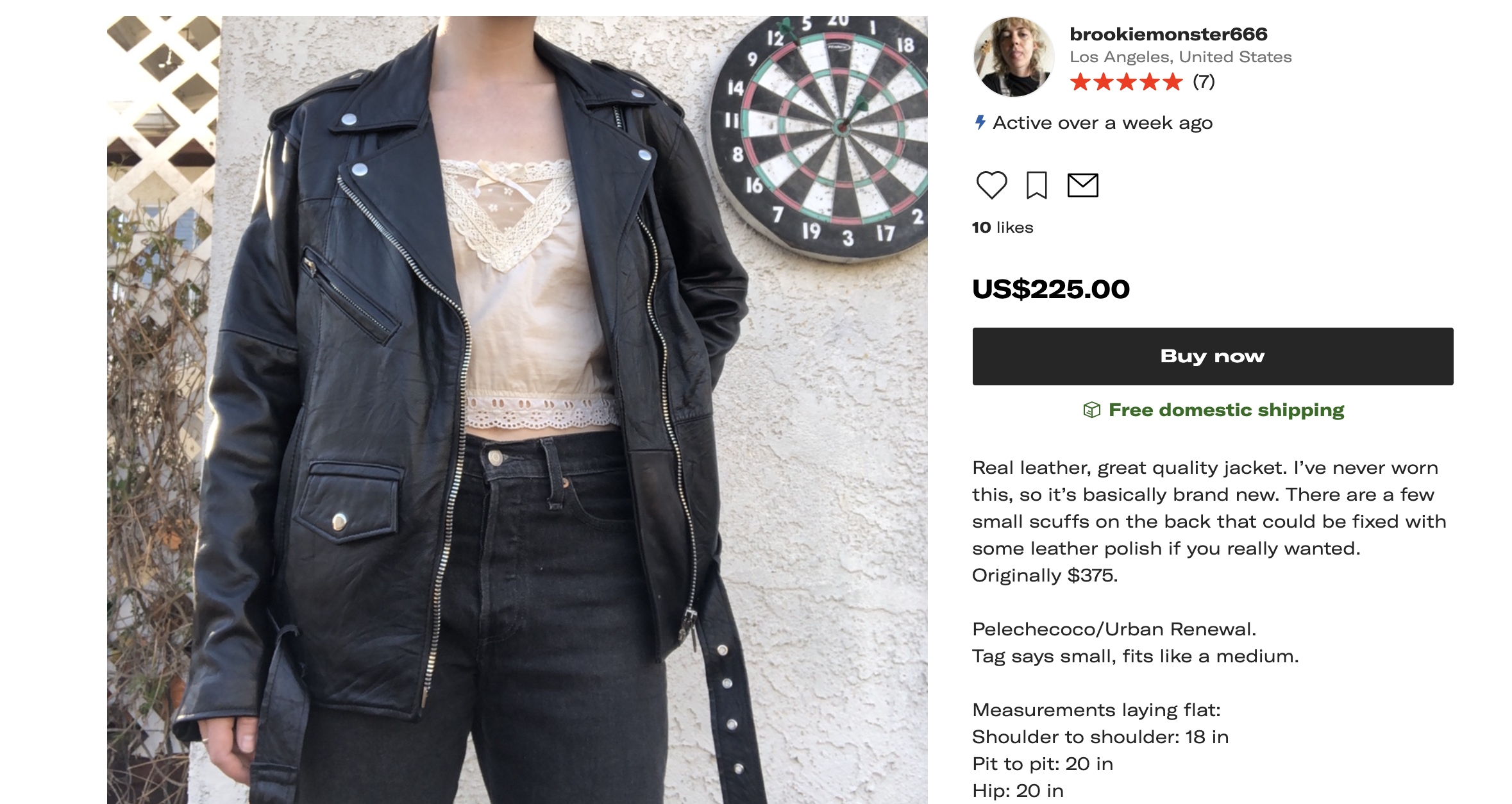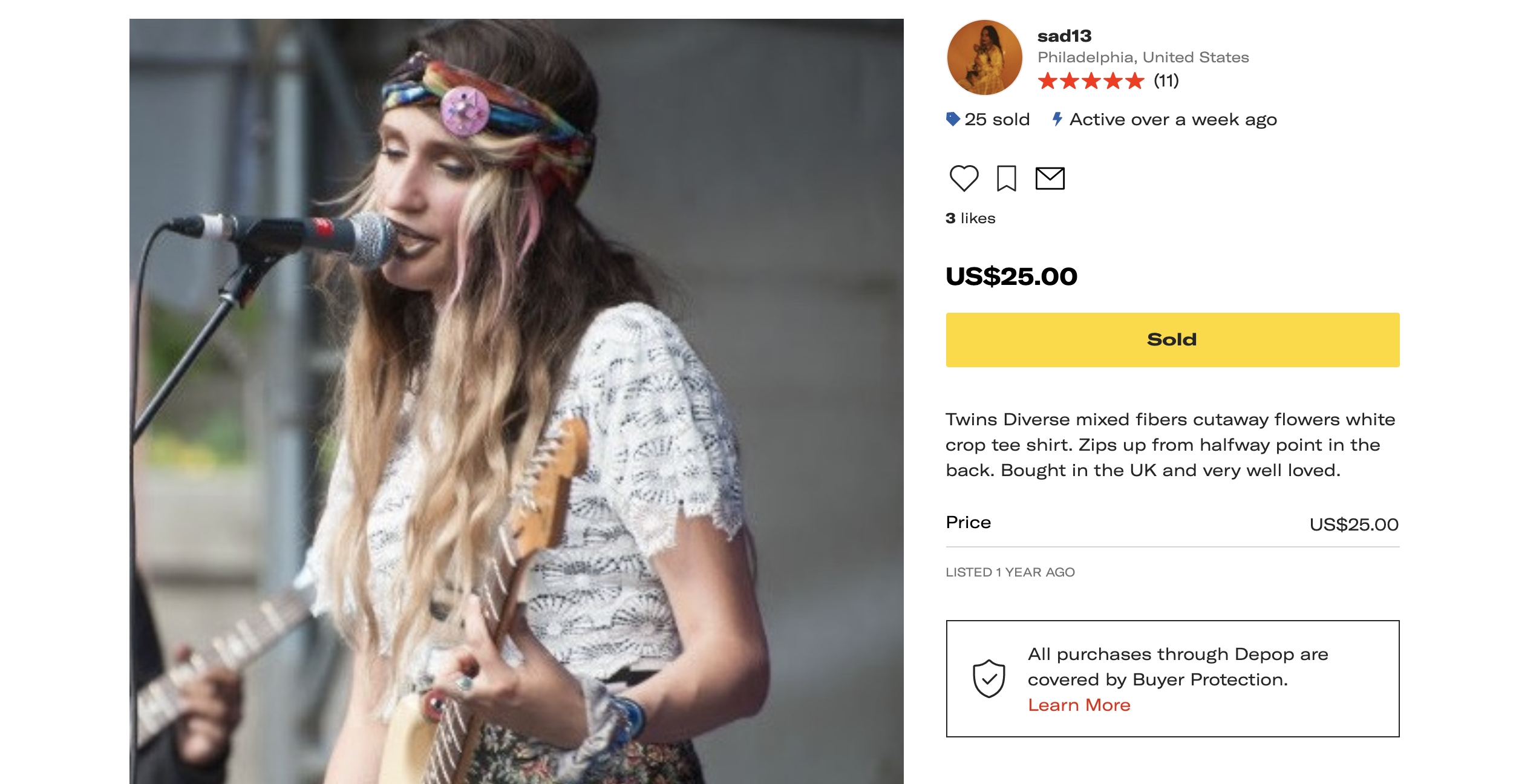
We’ve all been told not to judge a book by its cover, and while the same thought can be applied to album covers, the rule becomes a bit harder to follow in this scenario. An album’s artwork is the first thing that grabs our attention — negatively or positively — before we can press play on it. Oftentimes, the cover art is used to promote a body of work before its official release which then opens the flood gates for fans to judge its appearance and rate how good the album may or may not be.
For better or for worse, there have been a number of memorable album covers in 2021. There’s Drake’s pregnant woman-emoji-laden cover for Certified Lover Boy that was considered a troll until he went out his way to confirm it. Ye kept things simple with a black square for Donda while Lil Nas X’s artwork for Montero finds him nude and suspended in the air. Yung Bleu appears as an astronaut in his Moon Boy cover and Lorde’s own for Solar Power was a bit… cheeky, wouldn’t you say?
With that being said, 2021 also gave us album covers with artists showing off their best looks. It’s always great to receive a quality collection of music that’s wrapped in a well-captured portrait of the artist. Without further ado, here are the ten most stylish album covers of 2021.
Ayra Starr — 19 & Dangerous
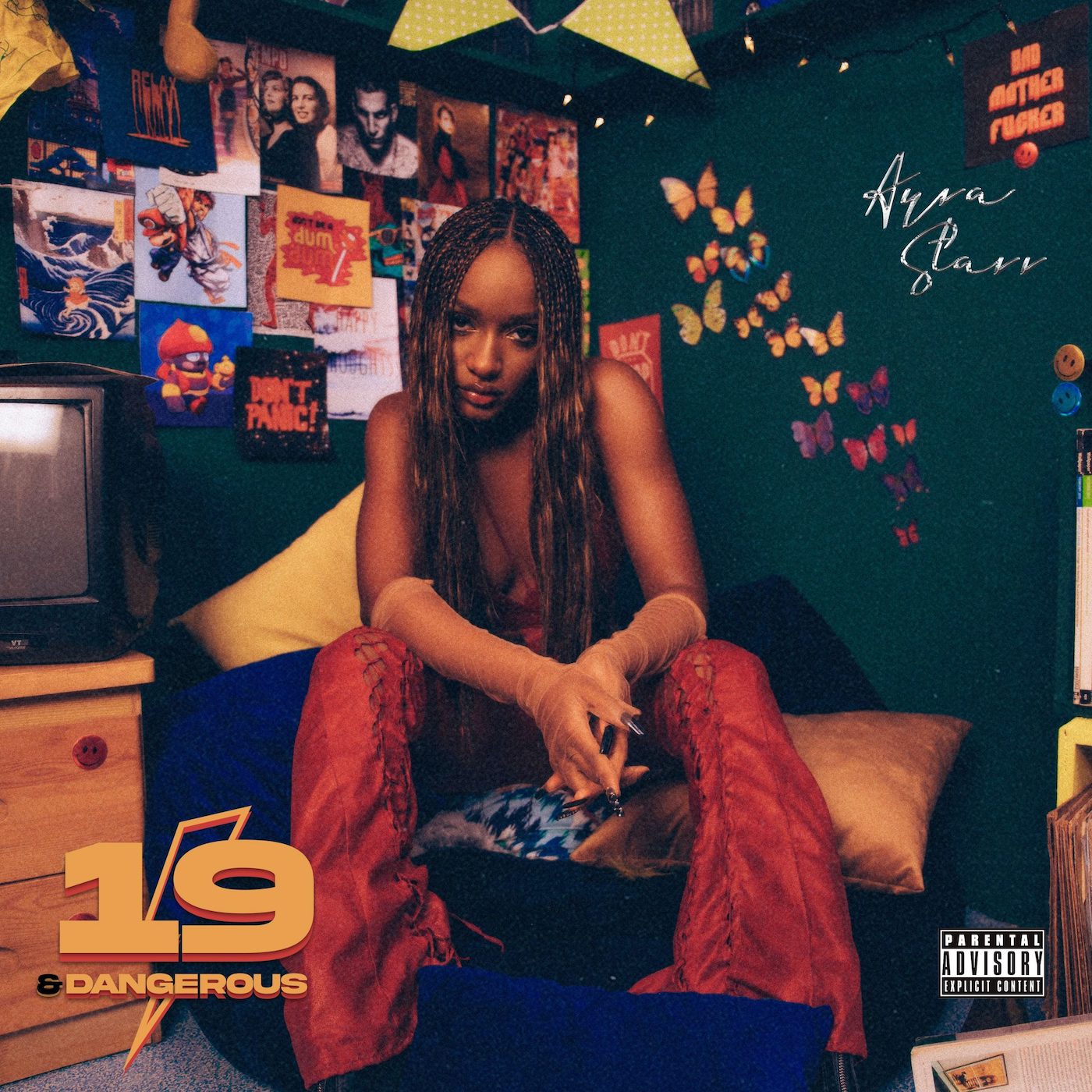
Afropop singer Ayra Starr dropped off 19 & Dangerous, her sophomore project and second release of the year. The project delivers a tale of growth that arrives as the singer prepares to exit the teenager status for adulthood. For its cover, Starr sits on a blue bag dressed in what appears to be red stain pants and golden elbow-length gloves. She’s also surrounded by deep green walls to complete the truly colorful cover.
CKay — Boyfriend
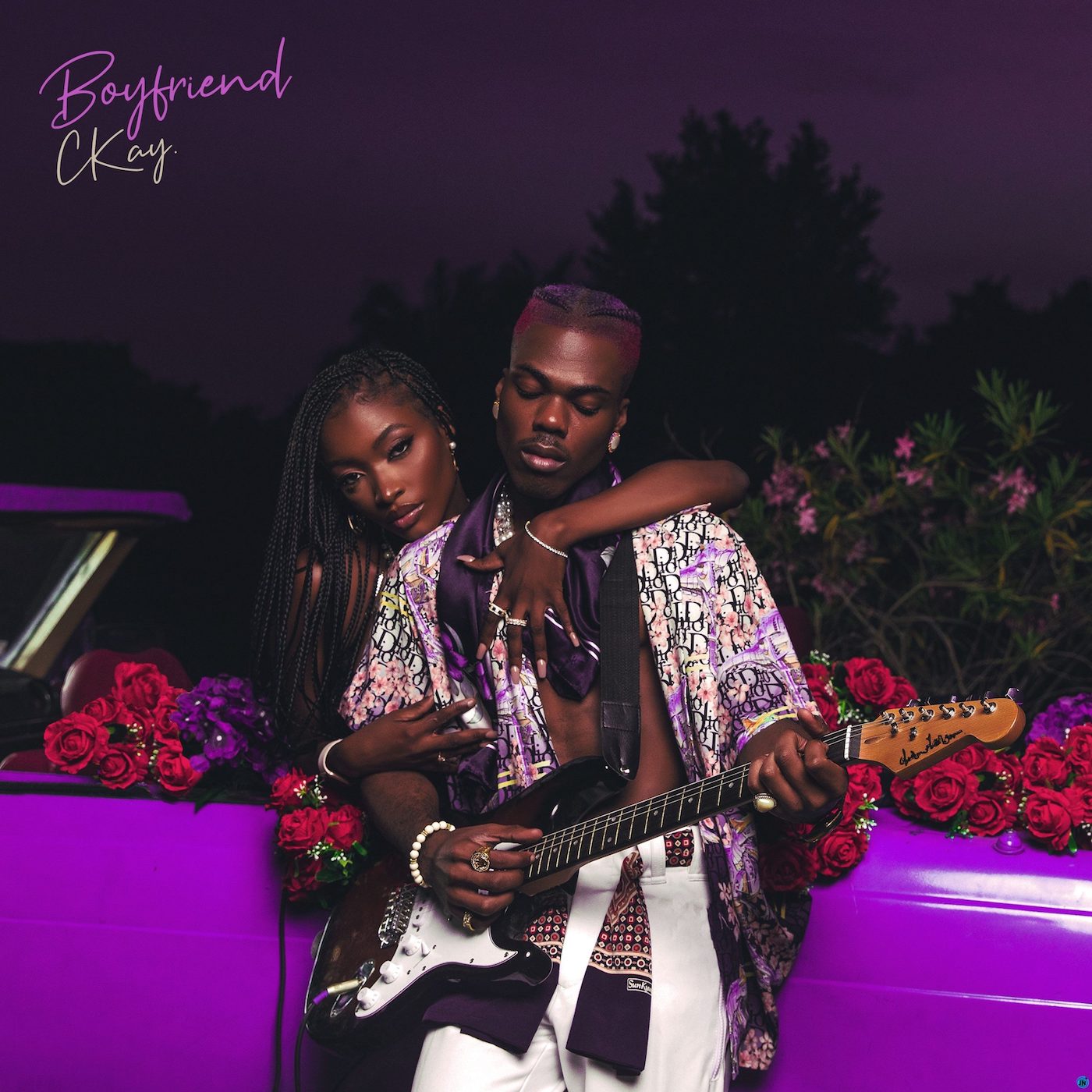
Keeping things in the afrobeats world, Ckay delivered another sharp cover art with his Boyfriend EP. He released the project at the top of the year and it’s masked with a purple hue that is complemented by the car Ckay leans on, the night sky and flowers behind him, the scarf and fingernails on the arm of a woman that’s wrapped around him. Altogether, it makes for a sharp cover that captures the Ckay’s sensitive side along with the seven songs that appear on the EP.
Doja Cat — Planet Her
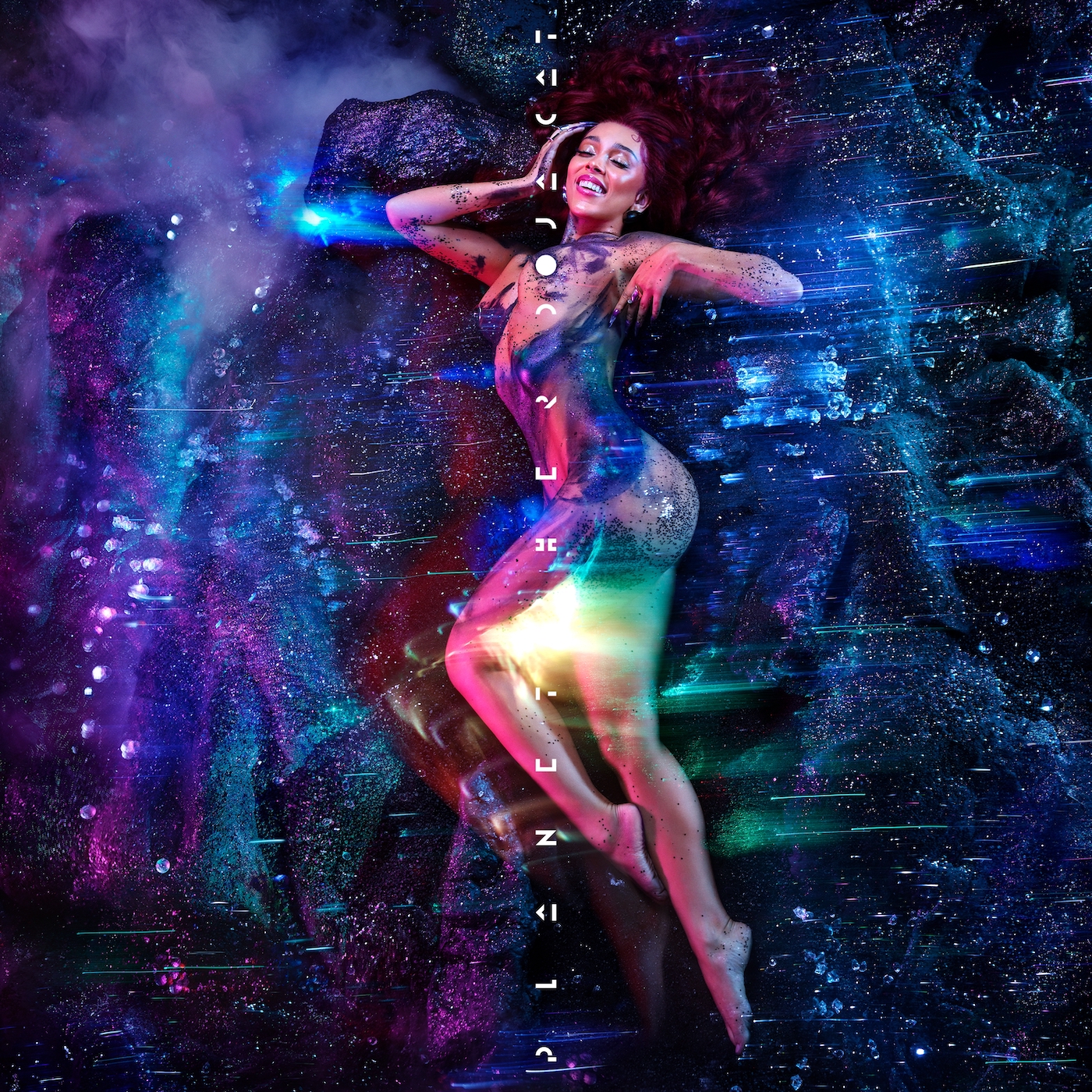
There has yet to be a moment too big for Doja Cat to handle. So even when the pressure for her to surpass expectations with her third album Planet Her continued to rise, Doja stepped up to bat and hit a home run. The artwork for the album helped listeners envision the weirdo spectacle that she presented on the project. She lays on what appears to be a glittery body of land which neon shades of glitter covering her body from head to toe. Might I mention that the album is also one of the best releases in 2021? Long story short, Doja came through from top to bottom.
Kirby — Sis. He Wasn’t The One
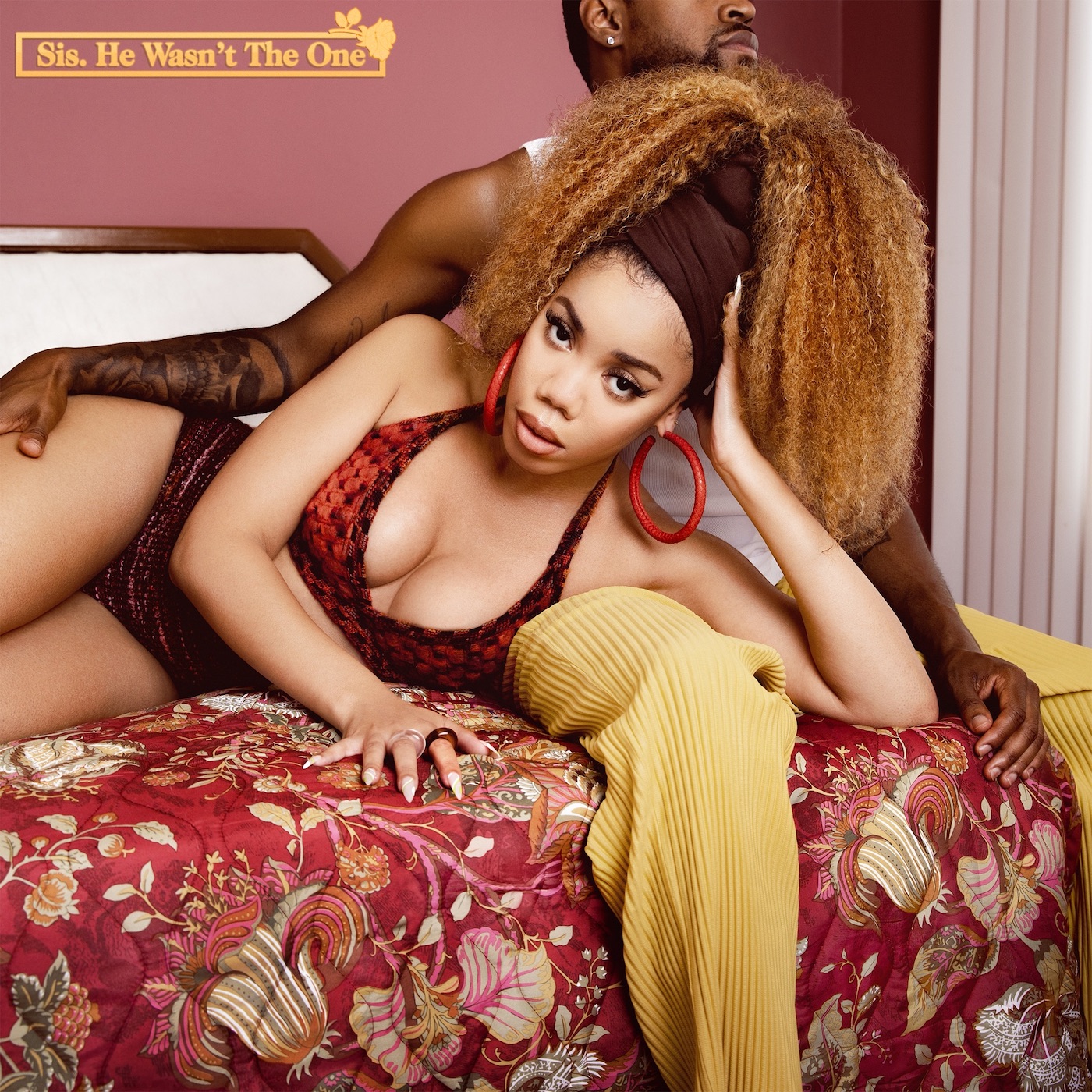
At the beginning of 2020, Memphis singer Kirby arrived with her debut project Sis. Nearly two years later, she returned with its sequel Sis. He Wasn’t The One in what also sports a very underrated cover. Kirby lays beside a man with her light brown hair tied up while wearing a red top that compliments the flowery blanket she lays on and the room she’s in. If you’re looking for a body of work that vents one’s struggles with love while expounding on a man’s failure to be a solid partner, Sis. He Wasn’t The One delivers that with an aesthetically pleasing cover to look at.
Little Simz — Sometimes I Might Be Introverted
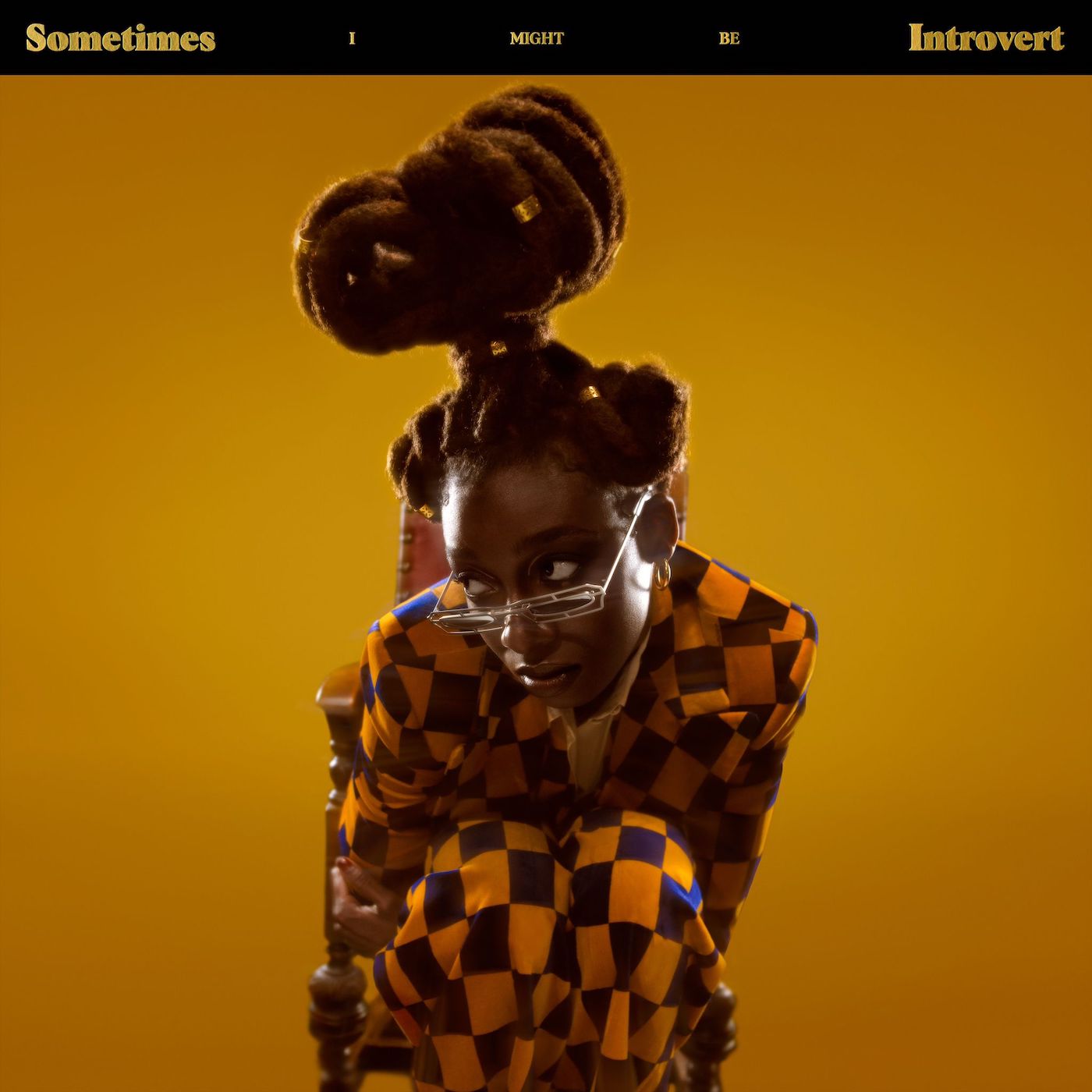
Little Simz’s Sometimes I Might Be Introverted is truly a beautiful body of work. It’s one of those rare projects where everything from the lyrics, the production, the sequencing, and more fall into the place so exquisitely. Its artwork is another notable point The London rapper sits nervously in a wooden chair while rocking a yellow and black checkered suit as his hair is tied up to a high altitude. The mustard yellow backdrop also pairs well with Little Simz’s look in what comes together as an eye-pleasing cover.
Masego — Studying Abroad: Extended Stay
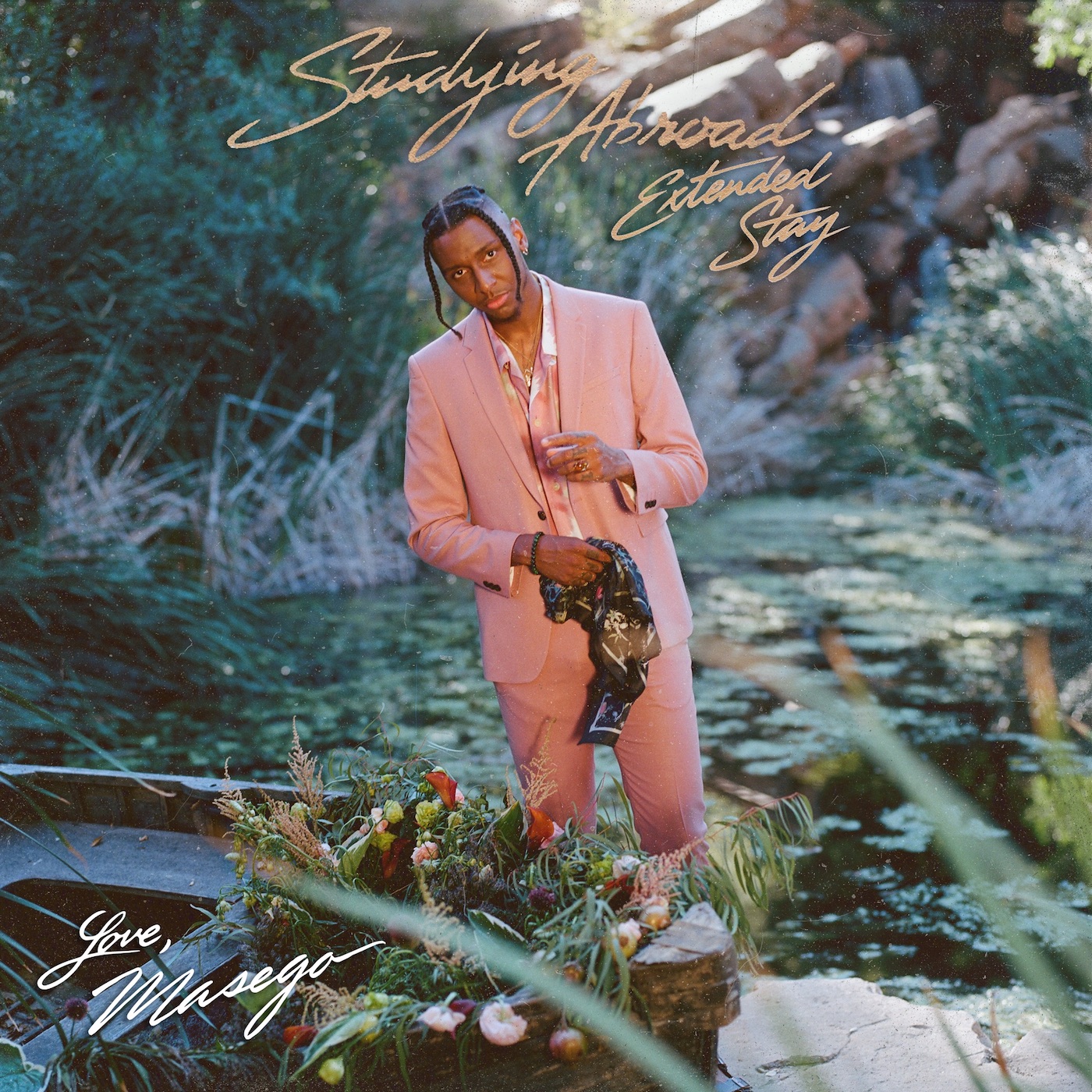
Masego ended 2020 with Studying Abroad, his first project since his pristine 2018 debut album Lady Lady. Studying Abroad received the deluxe treatment back in May as five more songs were added to the project to accompany highlights like “Mystery Lady” and “Silver Tongue Devil. The deluxe reissue also granted us a new cover that presented the already-stylish Masego in a salmon suit as he posed longing into the camera which captures nature’s beauty behind him.
Serpentwithfeet — Deacon
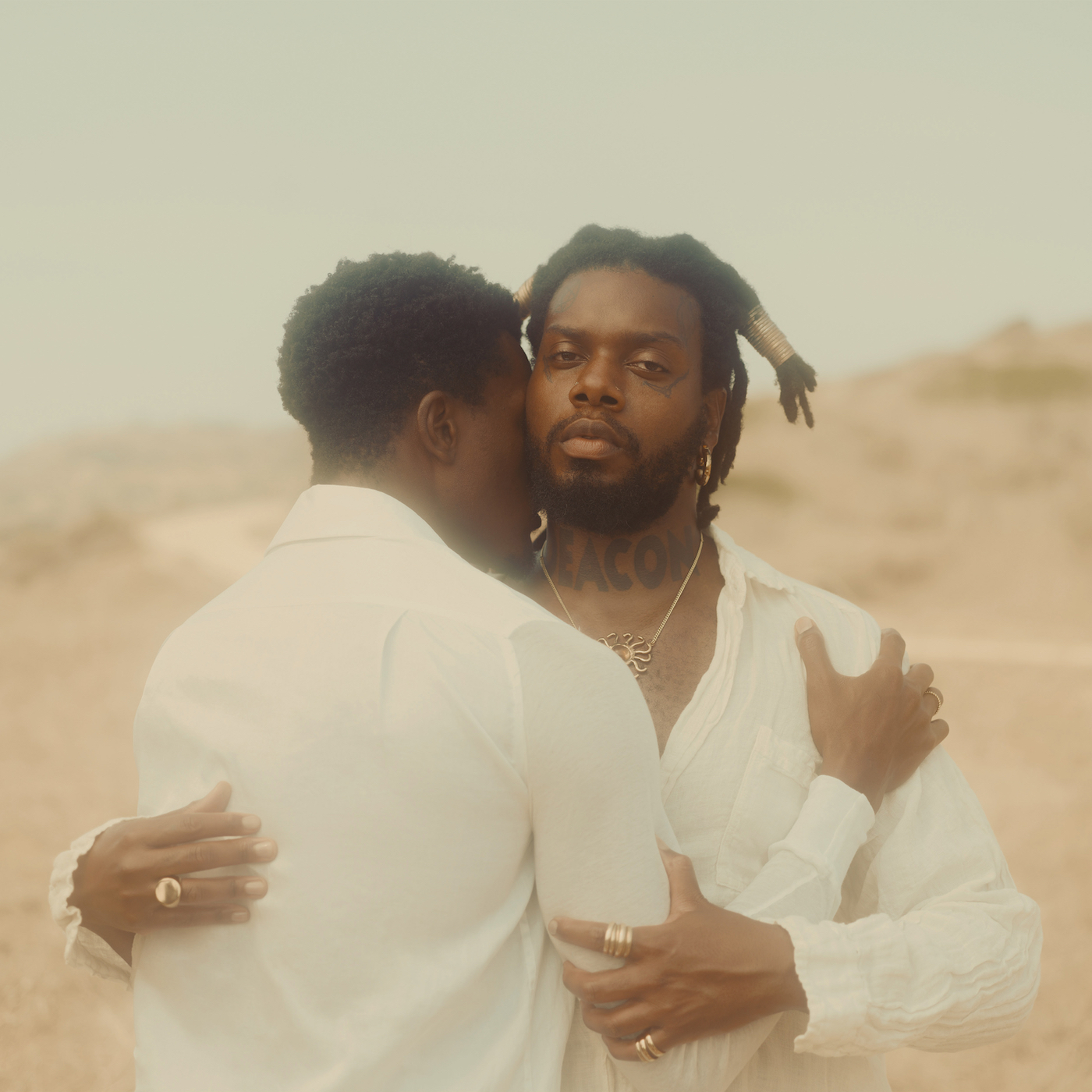
Serpentwithfeet began the spring season this year with his Deacon project. It’s a release that was filled with music he described as “a lot softer, a lot more gentle than my previous work,” “something that felt very sensuous,” and “something that felt calm and restrained.” This tender approach comes alive on the project’s cover art as it presents Serpentwithfeet in a white button-up top and gold accessories on his fingers, neck, ears, and hair. He also holds another man in his arms who sports a similar white top as they both stand amid a hazy desert.
Symphani Soto — Under The Sun
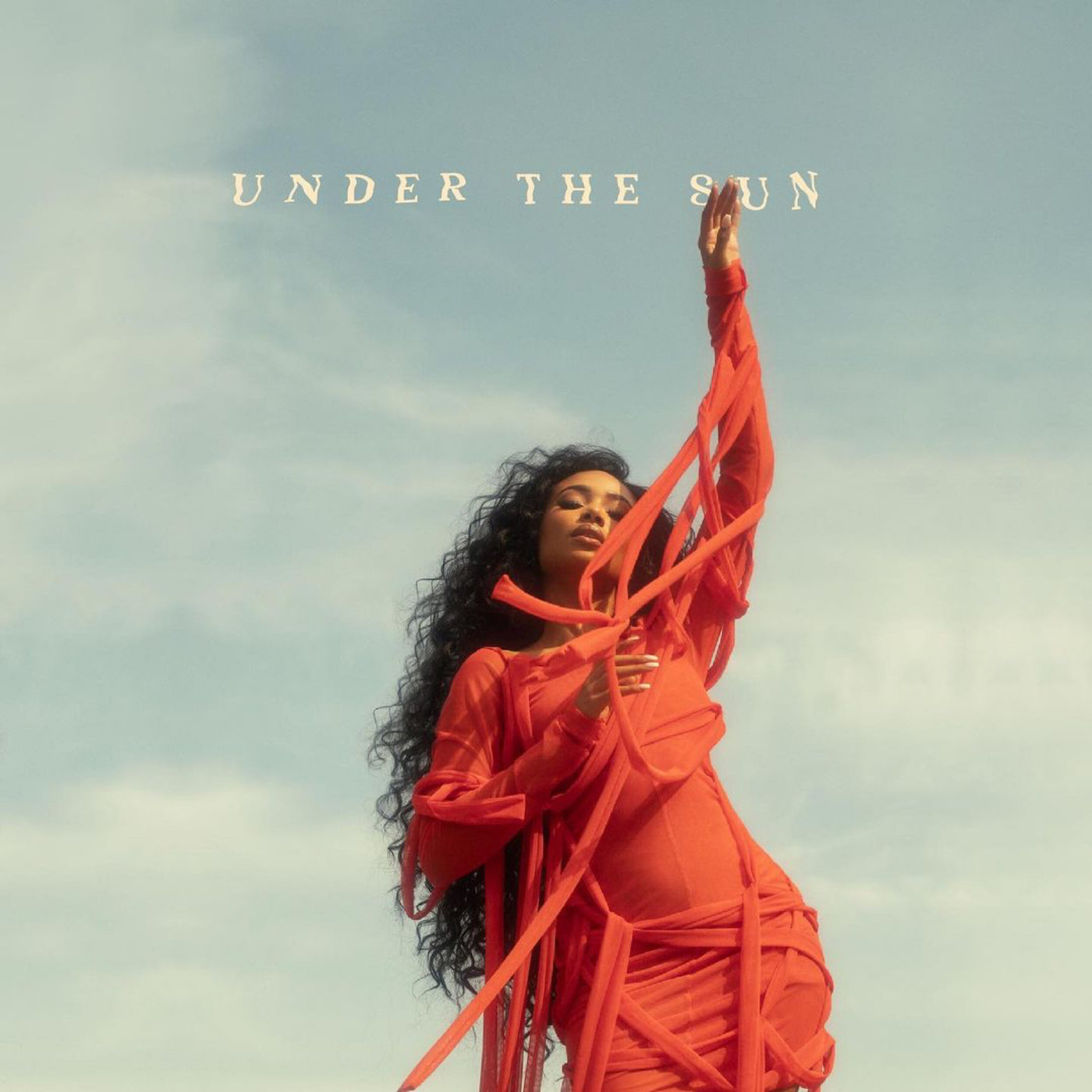
South Florida’s Symphani Soto earned herself a nice career boost with her June project Under The Sun. Its 11 tracks make for a body of work ideal for an afternoon drive or warm evening at the beach. Soto appears relaxed and free throughout the project and if you need a visual for that, it’s available on the project’s cover art. The singer stands tall and free in a detailed and intricate bright orange dress as the slightly cloudy sky behind her helps to enhance her features and make her stand out.
Umi — Introspection Reimagined
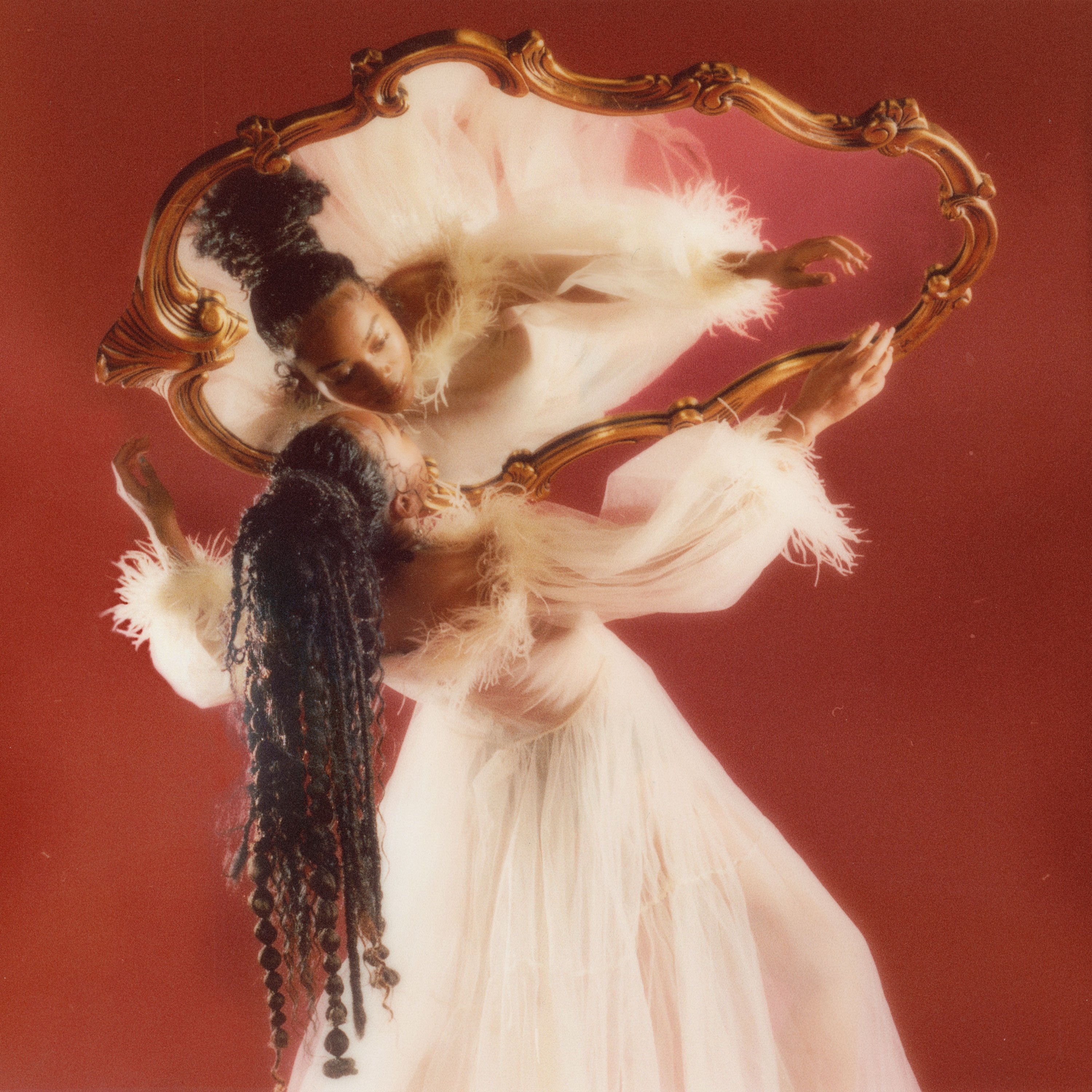
Umi breathed new life into her 2020 album Introspection and re-released it with a new dose of vibrancy and lucidity through eight songs. It also comes with a beautiful cover that sees Umi in an elaborate white gown. Captured from an aerial view, Umi stares closely into a mirror with her arms almost stretched fully apart over a rich red backdrop.
VanJess — Homegrown
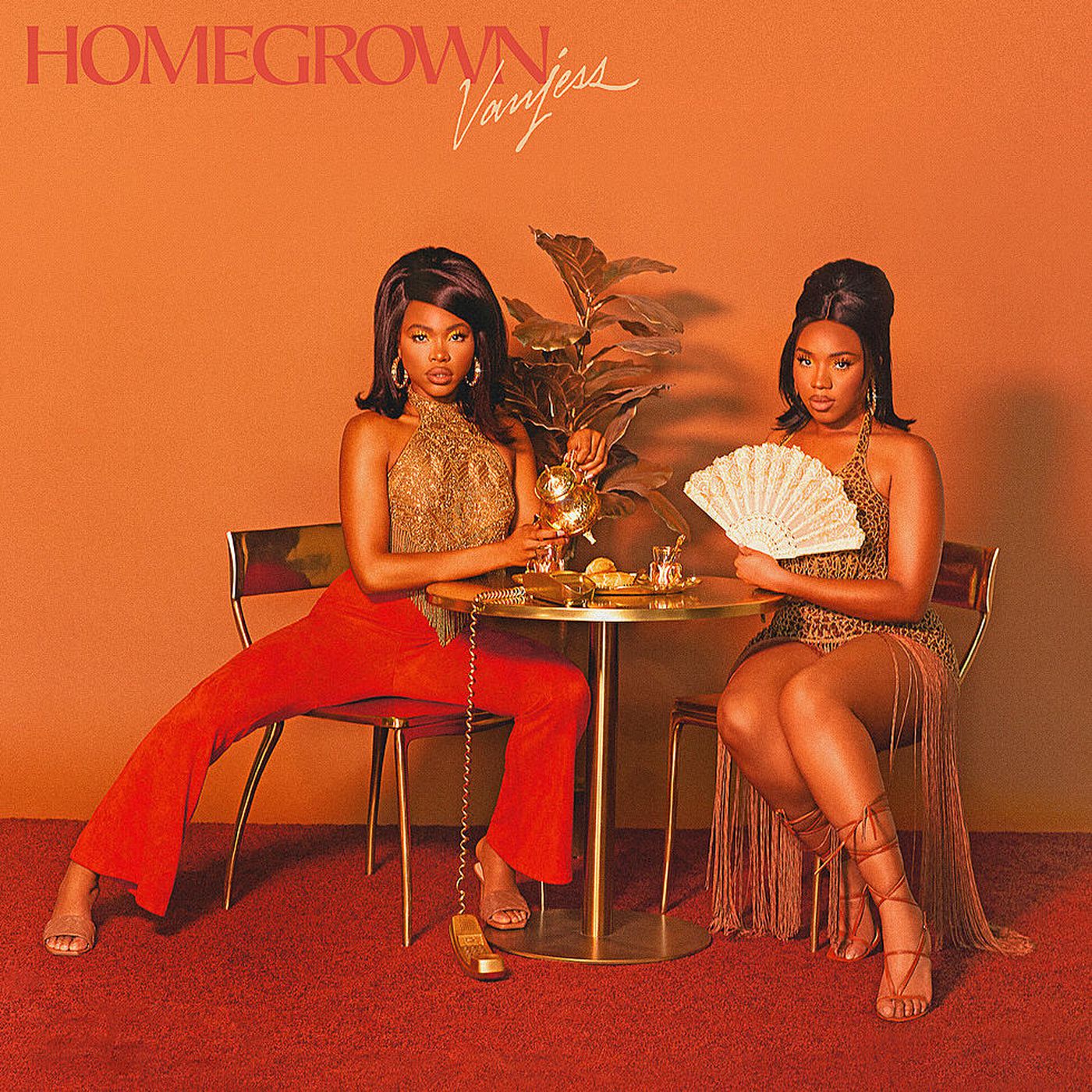
Nearly three years after their career-solidifying debut album Silk Canvas, VanJess returned with their Homegrown EP. Music aside, the project was presented with a flawless cover that captured the beauty of Ivana and Jess. Seated at a gold table and on golden chairs, VanJess stuns with clothing that ranges from cheetah print, bright red, shimmery gold, and lavish accessories. Oh, and the music on the project and its eventual deluxe edition are great too!
Some artists covered here are Warner Music artists. Uproxx is an independent subsidiary of Warner Music Group.



